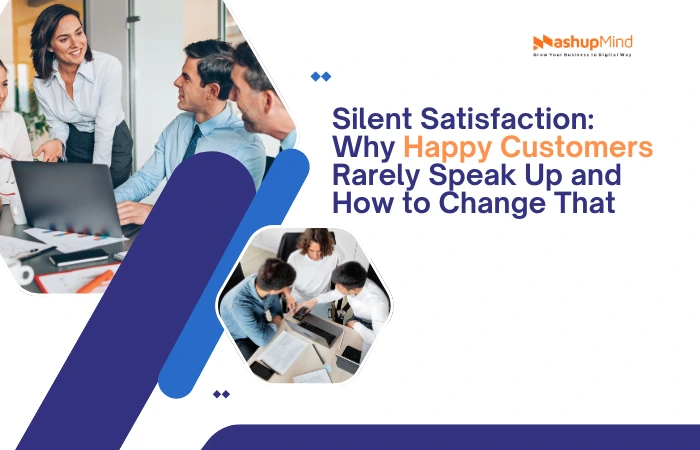That designer handbag ad on Instagram looks perfect. The price is incredible. The website seems professional. But hang on… why does the URL have extra letters?
Welcome to the world of social media shopping scams, where fraudsters have turned our favorite platforms into hunting grounds. Cybercriminals use fake celebrity endorsements, cloned websites, and vanishing stores to steal billions from regular people yearly. But they don’t want you to know that their tricks follow predictable patterns.
Want to know what they are? Then keep on reading to arm yourself with the knowledge and develop an eagle eye for spotting online scams.
Why Social Media Makes the Perfect Scam Environment
Scrolling through social media puts people in a unique mental state. Between checking updates and watching videos, the brain overstimulates, and defenses drop. That’s precisely when fake shopping ads do their damage.
These criminals understand platform algorithms better than most legitimate businesses. They also know that ads appearing between trusted content inherit some of that trust. So, they take this knowledge and exploit the fact that mobile screens make it harder to spot subtle warning signs like misspelled URLs or missing security certificates.
The sophistication of these scams is truly remarkable. Today’s scammers don’t just throw up obvious fakes anymore. Instead, they build entire ecosystems of deception, complete with fake review sites, doctored influencer endorsements, and customer service chatbots that string victims along until payments clear.
Inside the Scammer’s Toolbox
Fake ads that scammers use to trick people fall into several disturbing categories, each designed to exploit different vulnerabilities of their targets.
Brand impersonation schemes
Brand impersonation operations clone everything from major retailers. Scammers scrape product photos, copy exact color schemes, and even reproduce checkout processes. The only differences might be tiny: a hyphen in the name where there shouldn’t be one, a .net instead of a .com domain, and so on.
Pop-up shop cons
A slick new boutique appears overnight, usually selling trending items like gadgets or fashion accessories. Heavy advertising blitzes generate quick sales. But three weeks later, customers realize their orders aren’t coming. Turns out the store has vanished, taking thousands of payments with it.
Information thieves
Not all scammers want immediate payment. Some create elaborate fake stores just to harvest data. They’ll sell items at barely profitable prices because the real value lies in collecting credit card numbers, addresses, and password patterns for future attacks.
Bait and switch operations
Order premium headphones, receive dollar-store earbuds. Order a leather jacket, get plastic. These scammers actually ship something, just not what buyers paid for. By the time complaints roll in, they’ve moved on to new victims.
Spotting Scams Before They Spot You
Real protection starts with understanding what to look for. For example, legitimate businesses have consistent online presences, their URLs match their advertised names, and payment pages show security badges that actually link to verification services. Fake online stores have none of that.
Aside from online presence, product price serves as the biggest warning sign. Yes, sales exist, but luxury goods at 90% off? Designer electronics for pocket change? Those deals don’t happen through Instagram ads.
Watch for artificial urgency, too. Countdown timers, limited quantity warnings, and “friend exclusive” offers pressure quick decisions. Real retailers might use these tactics, but scammers abuse them relentlessly.
Lastly, be aware that payment methods reveal intentions. Legitimate businesses accept standard credit cards and PayPal. On the contrary, scammers push wire transfers, cryptocurrency, or gift cards – payment types that can’t be reversed.
Damage Control After a Scam
Speed matters after realizing you’ve been scammed. Banks can often reverse charges if notified within days, not weeks. Credit card companies have stronger fraud protections than debit cards, so shopping online with a credit card makes more sense.
But stopping the immediate financial damage is just the first step. Scammers rarely stop at one attack. In fact, they’ll use whatever information they gathered to hit you again.
For this reason, password security for your online accounts becomes critical after any breach. If scammers have one password, they’ll try it everywhere else you have accounts. This is why using a password manager helps – they generate unique credentials for every site and account you have, limiting damage from any single breach.
Beyond passwords, consider how exposed your other information might be. VPNs add another protection layer, especially for those who shop on public Wi-Fi. They encrypt connections, making it much harder for scammers to intercept payment information or login credentials.
Finally, think long-term protection. Data removal services tackle a different problem. Scammers often buy victim lists from data brokers who collect and sell personal information. These services work to remove your details from broker databases, making you a more challenging target for future scams.
The New Reality of Online Shopping
Social media transformed shopping, but it also weaponized it. Every platform with ads now hosts scammers alongside legitimate businesses. The difference between real deals and theft sometimes comes down to a few pixels or characters.
Smart shopping today means slowing down, checking URLs carefully, researching unfamiliar sellers, and using payment methods that offer protection. It also means accepting that incredible deals usually aren’t real and that legitimate businesses answer questions instead of creating false urgency.
The tools exist to shop safely, and the knowledge exists to spot scams. What’s needed is the discipline to use both every single time.
In the end, five extra minutes of verification beats losing money to criminals who see social media users as easy targets.






